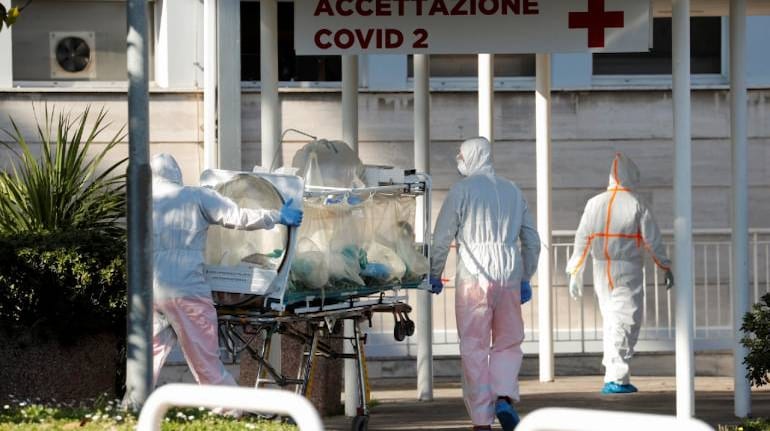
Although India preceded several nations in imposing lockdowns and other restrictions to ensure all citizens follow social distancing strictly, it is possibly lagging behind in sharing detailed information on patients suffering from COVID-19.
As per a report in Economic Times, the Union Health Ministry is sharing statistics on the number of patients infected by the novel coronavirus daily but, it lacks details on the demography of the cases. The data uploaded on its website contains information on number of cases, fatalities, recoveries, etc, and even gives a state-wise breakdown.
However, other important details such as age and gender of patients, or severity of cases, are not shared despite them being key metrics to understand the spread of the coronavirus pandemic.
Click here to get LIVE updates on the coronavirus pandemic as well lockdown in India
The statistics shared by other nations reveal that 15-20 percent patients need hospitalisation and about five percent require intensive care. K Rajasekharan Nayar, Head, Global Institute of Public Health says detailed figures help better management and care of patients. However, in India, most patients who have tested positive for COVID-19 have been admitted to hospitals.
Data released by the South Korean Center for Disease Control and Prevention stated that of the people who died of the COVID-19 infection, 43 percent were 80 years of age and above. But, of all the people who contracted the infection, only 5 percent were aged 80 and above. Interestingly, patients in their 20s accounted for one in every four infections in the country, but all of them survived.
This is the kind of data – including details of patients with recent travel history – that has not been shared by India yet.
Biocon Chairperson and Managing Director Kiran Mazumdar Shaw said, “We need deeper data to make informed decisions and analyses. We don’t even know which hospitals these patients are in.”
In Singapore, details of places visited by COVID-19 patients are also available, which helps medicos better understand and analyse how the disease is spreading.
there is also a discrepancy between the data being published by the Union Health Ministry and the Indian Council of Medical Research (ICMR). This could point to a delay in the publishing of the latest number of coronavirus cases in India.
As of now, all states are publishing the number of cases reported separately, which is giving rise to confusion while ascertaining the total tally. If the government starts publishing more data centrally this problem could be avoided.
Discover the latest business news, Sensex, and Nifty updates. Obtain Personal Finance insights, tax queries, and expert opinions on Moneycontrol or download the Moneycontrol App to stay updated!